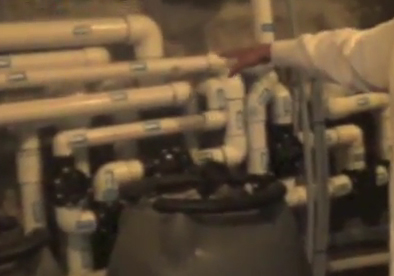organization
For the most part, the equipment sets that power pool and spa systems are placed outdoors in spaces near their watershapes. Maybe that's behind a gate along the side of the house, or behind some shrubs or a wall in a corner of the yard. Wherever they go, these equipment clusters should be positioned so that the noise made by various motors and pumps isn't so pronounced that it
When my family started in the pool and spa service business some 25 years ago, it didn’t take us long to recognize that there was very little available to us by way of education about water chemistry – or, for that matter, about most of the other skills involved in maintaining pools, spas and other waterfeatures. That didn’t make much sense to us, even then. After all, how could an industry devoted to the health, safety and comfort of millions of people function without addressing the need for standardized approaches to water maintenance or
From the moment I set foot on this site perched on the bluffs at Del Mar, Calif., I just knew I would be the designer chosen to develop the garden: I was energized simply by being there and, more important, was at ease with the owners from the start. Immediately noticeable was the way the whole property sloped down from street level to the top of
Done properly, planting design is much like painting: It involves setting frames, backgrounds, screens and stages in a garden, thus creating a living scene with the plants as features of the composition. Just as a painter adds layers of colors to a canvas to create a work of art, the garden designer combines plants for visual delight. But the garden designer has an advantage in that scent, texture, motion and even taste can be experienced in gardens in ways that can only be suggested by a painting. (As a former painter, I can attest to this point and credit my artistic adventures in


















20 Years After